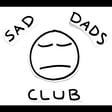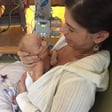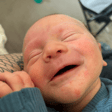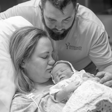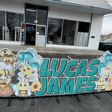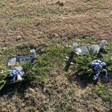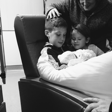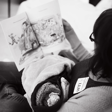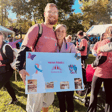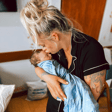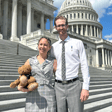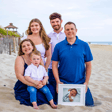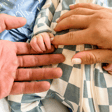
Kegan's Story
In this episode we sit down with Dr. Terrell Hatzilias as she shares the story of the life and legacy of her son Kegan.
Dr. Hatzilias is a neuroscientist and medical writer. She is the proud mother of two children, her living daughter and stillborn son. Since the death of her son, Terrell has made stillbirth prevention and advocacy her passion. She has successfully lobbied SMFM to update pregnancy management guidelines for isolated single umbilical artery pregnancies, led a team of bereaved mother in passing legislation in Washington state allowing issuance of a Certificate of Birth Resulting in Stillbirth, and recently published her first book, titled Still His Mama, about stillbirth and grief.
Thank you Terrell, for sharing your story with us, it was an honor.
To purchase Still His Mama: click here.
You can connect with Dr. Hatzilias on Instagram here.
For more information on single umbilical artery: https://www.marchofdimes.org/find-support/topics/birth/umbilical-cord-conditions
Thank you for listening.
